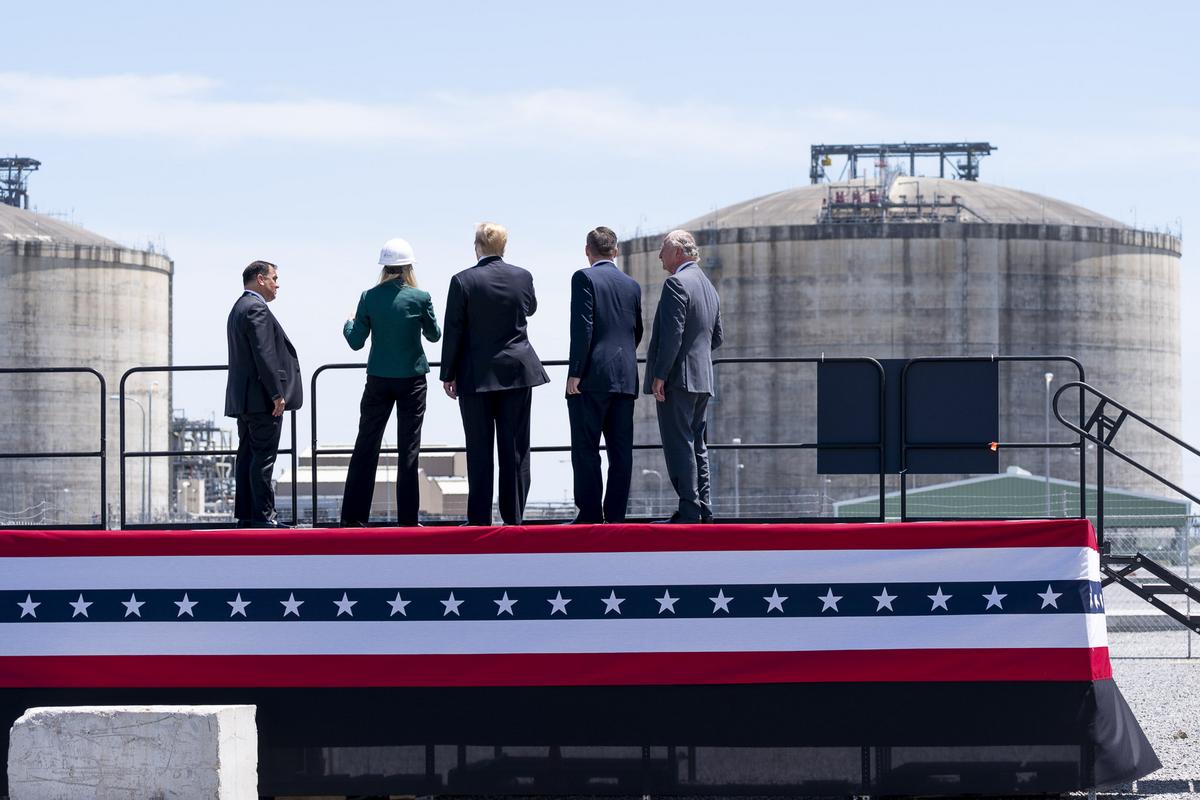04/21/2023 – it comes to huge sums. In the past 10 years, German banks and companies have provided more than 4 billion euros in loans for the construction of LNG export terminals in the United States. In addition, the financing was secured with bonds of approximately €613.4 million. This emerges from a new analysis he conducted energy future It was previously available.
The lead author of the analysis is fracking and LNG energy policy expert Andy Georgiou. Together with the environmental organizations Urewald and Deutsche Umwelthilfe, he investigated the extent to which German banks and companies participate in financing the construction of LNG plants in the United States and existing supply contracts with Germany that start from the corresponding export infrastructure in the United States.
The largest German player in terms of loans and bonds in the past 10 years has been Deutsche Bank – with €1.7 billion in loans and €480 million in bonds. While Deutsche Bank is a private financial institution, the following three banks are mostly state-owned. With €1.3 billion, Landesbank Baden-Württemberg (LBBW) has granted particularly large loans in the past ten years. But Helaba, Landesbank Hessen-Thüringen, with 227 million euros, and the international arm of German state bank KfW IPEX-Bank, with 233 million euros, are also significant with high loans.
Other German lenders are Bayerische Landesbank and private DZ Bank, as well as Siemens (with loans of €396m) and Allianz Global Investors. And loans are not inherited. Between January 2022 and April 2023 alone, the total support from German banks amounted to €2.1 billion. This requires the promises of these banks to act actively for climate protection and absurd advertising, says Regine Richter’s campaign activist in Urgewald. The numbers come from that US LNG Export TrackerSierra Club, an American NGO. A detailed database of facts and figures related to US LNG export structures.
policy responsibility
There is a claim that the German federal states and the federal government are jointly responsible for building the US LNG export structures via banks. “This is where geopolitical decisions are made that are completely contrary to everything the government has committed to,” Gheorghiu told energy future.
While some of the LNG plants financed by a German loan are operating in the United States, three are still in the planning and construction stages and are expected to be commissioned in 2026 and 2027, respectively. With delivery contracts, also with German contractual partners, for a period of 15 to 20 years, with an option for another 10 years for LNG deliveries. “If you want to be carbon neutral by 2045, it’s easy to see that this is not consistent with financing and supply contracts for US LNG export infrastructure,” Gheorghiu said. The state of Baden-Württemberg aims for climate neutrality by 2040, and Germany as a whole by 2045.
As specified by Gheorghiu, Urgent Aid and Environmental, the supply contracts for the three LNG terminals planned and under construction with German contracting partners amount to 14.48 billion cubic meters per annum. Buyers include Baden-Württemberg EnBW and RWE. According to the analysis, planned LNG exports alone account for 76% of Germany’s greenhouse gas emissions in 2022.
As one of the supervisory authorities of LBBW, the Baden-Württemberg Ministry of Finance explained upon request: “This lending is part of the operational work of the LBBW management. We will not comment on this.” A spokesman for the Federal Ministry of Finance, which is responsible for KfW, explained that natural gas is indispensable Germany is on the way to greenhouse gas neutrality by 2045. The security of Germany’s energy supply and climate protection must be reasonably balanced and reconciled.

“Alcohol buff. Troublemaker. Introvert. Student. Social media lover. Web ninja. Bacon fan. Reader.”






More Stories
The Body Shop files for bankruptcy in the UK
Kaspersky: All employees in the US must leave – business activities will be terminated
Resettlement in the United States and its Impact on U.S.-Focused Firms